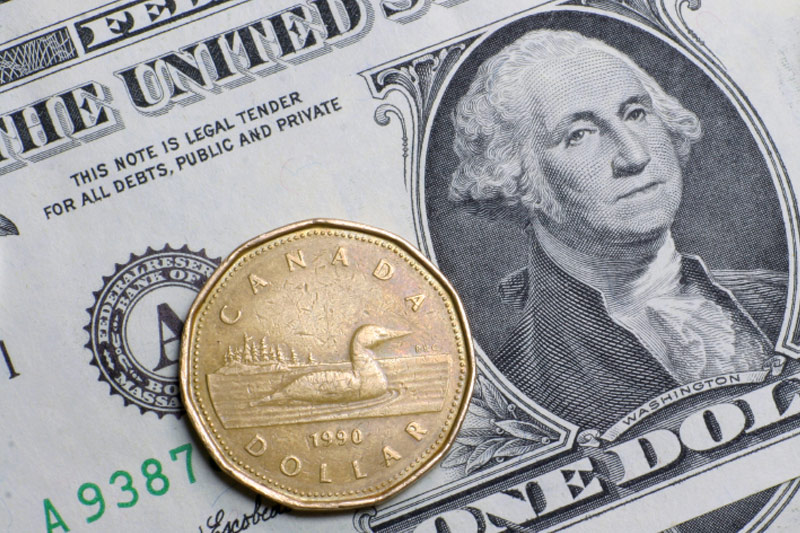Investing.com - The U.S. dollar was almost unchanged against its Canadian counterpart on Tuesday, after data showed that the Canadian economy contracted unexpectedly in September, but it expanded over the third quarter
USD/CAD hit 1.3390 during early U.S. trade, the session high; the pair subsequently consolidated at 1.3365.
The pair was likely to find support at 1.3286, Friday's low and resistance at 1.3437, the high of November 23 and a one-month high.
Statistics Canada reported on Tuesday that the country's gross domestic product fell 0.5% in September, compared to expectations for a 0.1% rise and after an increase of 0.1% the previous month.
Year-on-year, Canada's economy grew at an annual rate of 2.3% in the third quarter, disappointing expectations for a growth rate of 2.4%, following a contraction of 0.3% in the second quarter.
Meanwhile, speculation that the Federal Reserve will raise interest rates at its December meeting continued to lend broad support to the greenback.
Investors were eyeing a string of U.S. economic reports this week for further indications on the strength of the economy, as the Fed has said that any decision on interest rates will depend on data.
The loonie was lower against the euro, with EUR/CAD gaining 0.51% to 1.4190.
Eurostat reported on Tuesday that the euro zone’s unemployment rate fell to 10.7% in October from 10.8% a month earlier. This is the lowest rate recorded in the euro area since January 2012. Analysts had expected the jobless rate to hold steady at 10.8% in November.
The report came shortly after research group Markit said its German manufacturing PMI rose to 52.9 in November from 52.6 the previous month.
Also in Germany, data showed that the number of unemployed people declined by 13.000 last month, compared to expectations for a 5.000 drop.
Sentiment on the euro remained vulnerable however, as the European Central Bank has been signaling over the past weeks that it is ready to implement additional easing measures in order to boost inflation in the euro zone and support growth.
